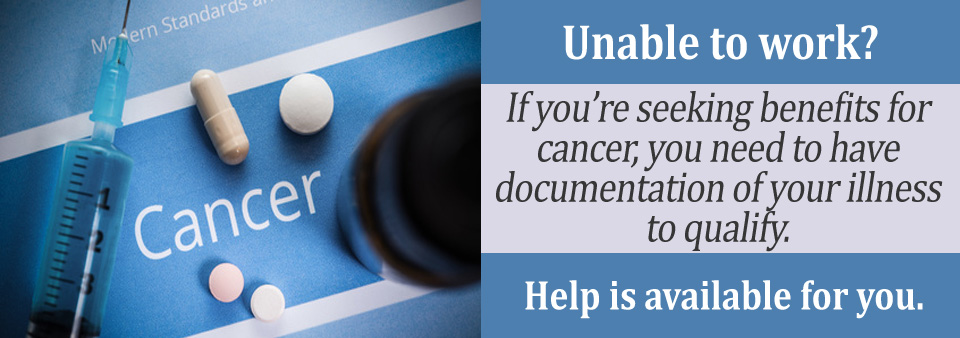Each year roughly 11,000 women in America will be diagnosed with cervical cancer. The earlier it is detected, the higher the likelihood of beating the disease, but the key is in prevention and early detection. That’s why January has been designated as Cervical Health Awareness Month.
Why An Awareness Month For Cervical Health?
Cervical cancer is one of the most preventable forms of cancer. The HPV vaccine, given to males and females, helps to prevent women from contracting the disease entirely. Beyond that, screenings during well woman exams can also help with early detection and the earlier the disease is detected, the more successful the treatment will be.
Part of early detection is spreading awareness. Many women don’t realize that their insurance will cover the cost of cervical cancer screenings, and that there are many programs to help uninsured women access preventative care.
How Can Someone Who Has Cervical Cancer Qualify for Social Security Disability Benefits?
The Social Security Administration is the agency that evaluates disability applications. They utilize a comprehensive set of medical guidelines, known as the Blue Book, to determine whether a diagnosis should qualify for disability benefits.
Once you submit an application, an evaluator will determine whether or not your specific diagnosis meets the disability guidelines for cervical cancer. The information and documentation you provide in your application helps to make this determination.
Cervical cancer falls under section 13.23: Cancers of the Female Genital Tract. Affected areas include the uterus, uterine cervix, vulva or vagina, fallopian tubes, ovaries or small-cell (oat cell) carcinoma. Each afflicted area has specific conditions that must be met in order to possibly qualify for disability benefits.
What If I Don’t Meet Or Match The Blue Book Listing For Cervical Cancer?
Even if you don’t meet the specific guidelines for cervical cancer, you might still qualify for disability benefits with a medical-vocational allowance. The medical-vocational allowance determines whether or not you are capable of performing the demands of your job given your diagnosis. And evaluator will look at your education, job history and experience and your residual functional capacity (RFC) to make the decision.
The RFC is a very important component to the decision, as it designates the maximum amount of work you are capable of performing with your condition, taking into consideration physical (walking, sitting, standing, bending, holding) and mental (communicating, understanding instructions, remembering and following directions) work you are able to do.
If there is a way that you can do a modified version of your job, or a different kind of work entirely, with your condition, then you would not be eligible for disability benefits. If you are unable to work due to your cervical cancer, then you could be eligible for disability benefits.

How Do I Start the Disability Application Process for Cervical Cancer?
Applying for Social Security disability benefits is a complex process. You must provide substantial medical documentation to support your claim. This documentation should include a full report of your diagnosis and supporting lab tests, the treatment plan, medications prescribed and any side effects you have experienced. The information you provide is all that the SSA will have to work with, so it’s important to be as detailed as possible.
The application process, therefore, can be very stressful and even with family and friends helping out, you might consider working with a Social Security attorney who can be your advocate through the process. Though there is no guarantee that working with an attorney will lead to your case being approved, it can certainly help to increase the chance of approval.